If you’ve worked with flash, you know you can choose its power yourself or let the camera do it for you. By setting the flash power manually, you gain complete control over the exposure. And by using the automatic mode (TTL), you let the camera do the heavy lifting. Each of these modes has certain advantages and drawbacks. Photographer Gavin Hoey from Adorama compares manual with TTL flash to see which is better:
Simple Lighting Setup Using TTL
Hoey starts off with a simple setup with the light pointing toward the model from the side. With the flash set to TTL, the exposure comes out great almost every time, and not having to think too much about the flash settings makes the work so much easier.
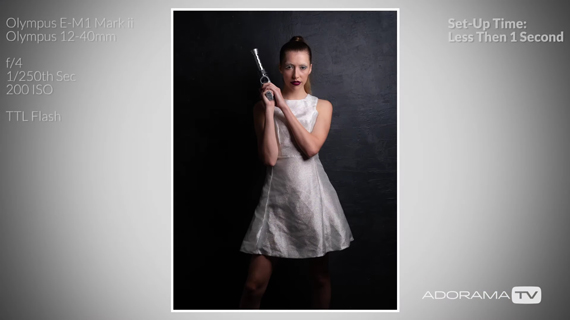
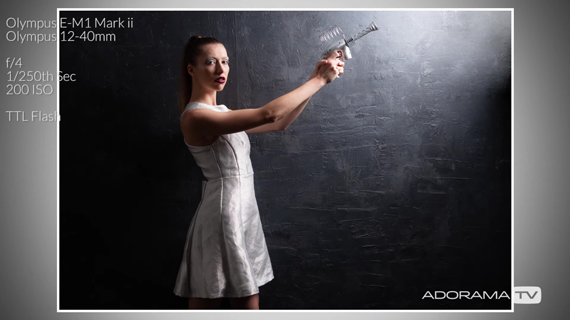
“Although there is a slight difference in exposure shot-to-shot, honestly, I could live with this.”
TTL With Shiny Background and Dress
Next, Hoey steps up the game by having the model wear a shiny dress and placing a shiny reflector behind the model. The idea is to see if the light being reflected from the dress and the background throws the TTL metering off. As you can see from the result, the exposure is pretty good.
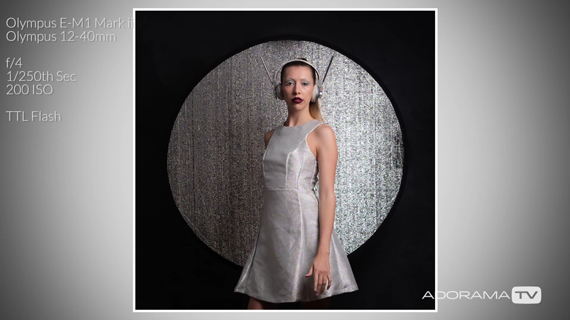
“To be honest, I wasn’t expecting TTL to do well here but actually it’s doing much better than I thought.”
Hoey goes on to add a light behind the shiny background to introduce some flares into the shot. And as you can notice, the model is a bit underexposed. This is simply because the extra light from the back throws the TTL meter off a bit.
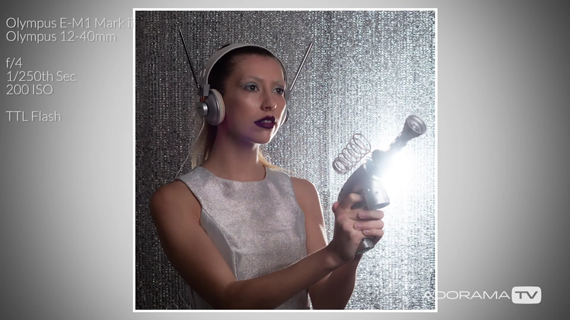
“I’m not totally happy with the exposures here, but that is something I can easily adjust with a bit of flash exposure compensation.”
High Speed Sync and TTL
Finally, Hoey tries out TTL flash with a dramatic edge lighting effect on the model. He sets his camera to shoot at f/2.8 meaning that he has to set the flash to shoot at high speed sync. This further pushes TTL to its limits.
During the course of the shoot, Hoey continuously adjusts the flash exposure compensation hoping to get the exposure right. However, the exposure wasn’t consistent, and the results came out either underexposed or way overexposed.
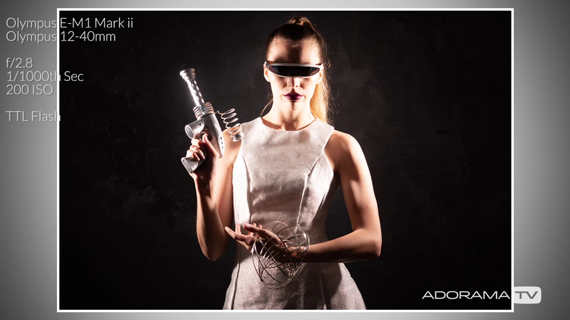
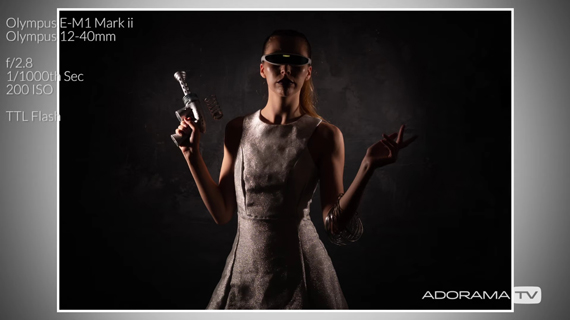
“Sometimes the exposure would be okay, then it would be too dark, and then it would be too bright. There was no rhyme or reason to it, and I called it a day there.”
Simple Lighting Setup with Manual Flash
Once done with the three setups for TTL flash, Hoey repeats the same experiment with manual flash. He first starts off with the simple lighting setup wherein a single flash is pointed towards the model. Using a light meter, he meters at f/4 and as expected the shot came out well exposed. However, the process was slow, and Hoey had to take the meter reading every time he decided to change the position of the light.
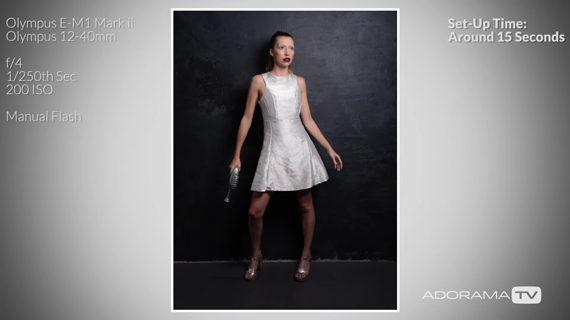
“The setup wasn’t quick, but at least I’ve got the same exposure shot after shot after shot.”
Manual Flash with Shiny Background and Dress
Again, with the model wearing a shiny dress, and a shiny background placed behind the model, Hoey meters the light at f/4. In this case, too, the exposure on the model looks great, and the results are consistent.
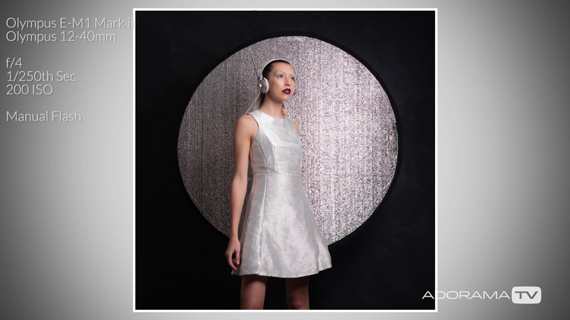
Even with the background light, Hoey is able to get a much better exposure using manual exposure than when using TTL.
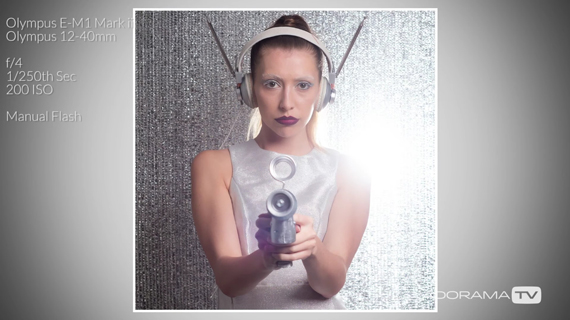
“With manual exposure, I not only get full control of the light but also consistency.”
High Speed Sync and Manual Flash
For the last comparison, Hoey sets his aperture to f/2.8 to shoot with the flash in HSS mode. He takes a few shots to set his exposure manually, and the results are quite impressive this time.
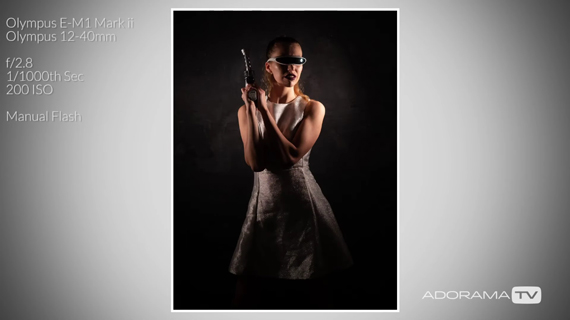
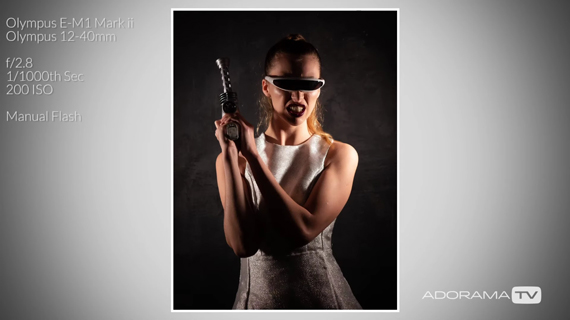
Final Verdict on TTL vs Manual Flash
Each of the flash modes has its own set of advantages and drawbacks.
- TTL is quite easy to set up. Even when you move the light around, you don’t need to worry about the exposure being off.
- Manual flash produces consistent results even though it takes some time to set up.
- TTL metering can get a little thrown off under challenging lighting condition. But you can overcome that with flash exposure compensation.
- When it comes to working with HSS, manual flash is the way to go.
The answer to whether you should be using TTL or manual flash boils down to the conditions you’re working in. If you’re working indoors, and when consistency is vital, manual flash is the way to go. But for run and gun situations when working on location, TTL will get the job done quite efficiently.
Go to full article: Flash Photography: Manual or TTL in a Home Studio
What are your thoughts on this article? Join the discussion on Facebook
PictureCorrect subscribers can also learn more today with our #1 bestseller: The Photography Tutorial eBook
The post Flash Photography: Manual or TTL in a Home Studio appeared first on PictureCorrect.
from PictureCorrect https://ift.tt/3pdS5yW
via IFTTT






0 kommenttia:
Lähetä kommentti